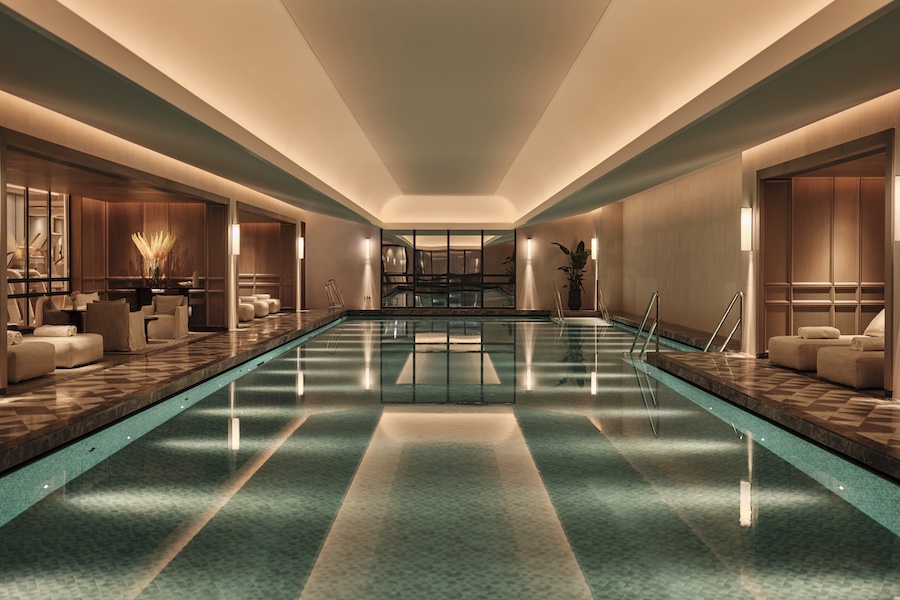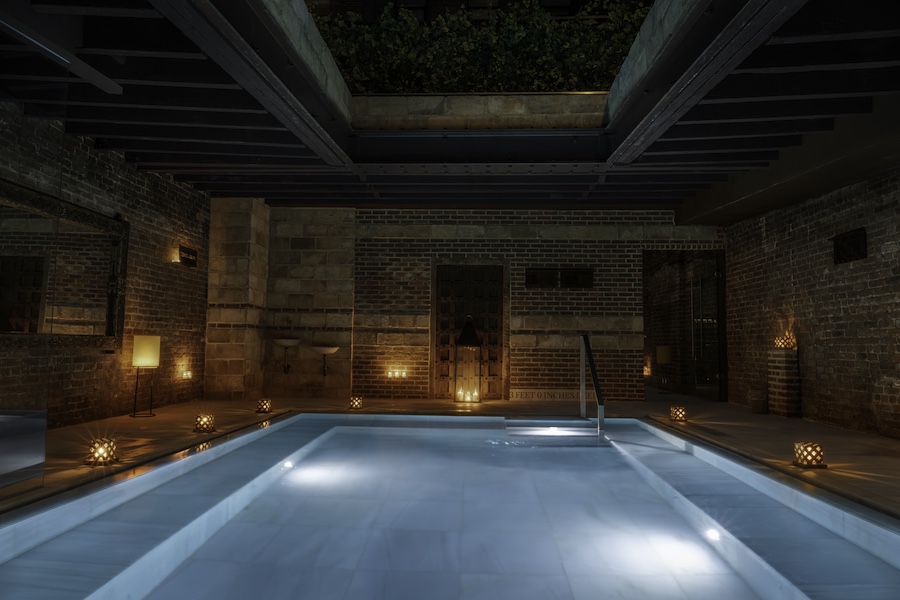Rivers Casino in Des Plaines, Illinois, has attained LEED Gold certification, the first casino to do so. The development and design team of Klai Juba Architects, Cleo Design, DMAC Architecture, Development Management Associates, and Pepper Construction implemented a series of green initiatives on both the building and operational levels. These include:
- LED light fixtures in the parking garage and other areas throughout the Casino building save on energy usage and maintenance costs.
- 70 percent of the electrical energy consumed by the building over a two-year period is being offset with green power.
- Skylights and Clerestory windows add natural light for guest and employee comfort while saving on lighting costs.
- Low-flow plumbing fixtures and sensor-controlled faucets reduce water usage by 40 percent.
- Paint and adhesive materials with low levels of Volatile Organic Compounds (VOC’s) provide a healthier environment for workers and future inhabitants.
- Casino operations include a single-stream recycling plan, reducing the amount of waste delivered to landfills.
- 90 percent of all construction waste, over 70 million pounds, was recycled or utilized on site – avoiding the landfill.
- Interior living green walls provide better air quality and comfort.
- Occupant sensor-controlled lighting provides lighting when needed and saves energy at other times.
- Complimentary electric car charging stations are provided for customer use. Free valet parking is available to low-emissions and fuel-efficient vehicles.
- The project is a Brownfield redevelopment, which rehabilitated a previously developed site and reduces pressure on undeveloped land.
- The project managed site water runoff with a Surface Water Intake Protection Program (SWIPP) during construction to prevent runoff damage to adjoining areas.
- The project stormwater treatment system removes 98.6 percent of total suspended solids from site runoff.
- Installation of concrete drives, landscaping, a multi-level parking structure and white roof reduce the urban heat island effect.
- Over 43 percent of the material for the project was sourced from within 500 miles of the project site, reducing carbon emissions from transportation of that material and supporting local economies.
- The site is close to public transportation to promote efficient travel. Bike racks are provided for workers and customers and preferred parking is provided for alternate fuel vehicles.
- Landscaping is largely made up of native and drought-tolerant plant species.


